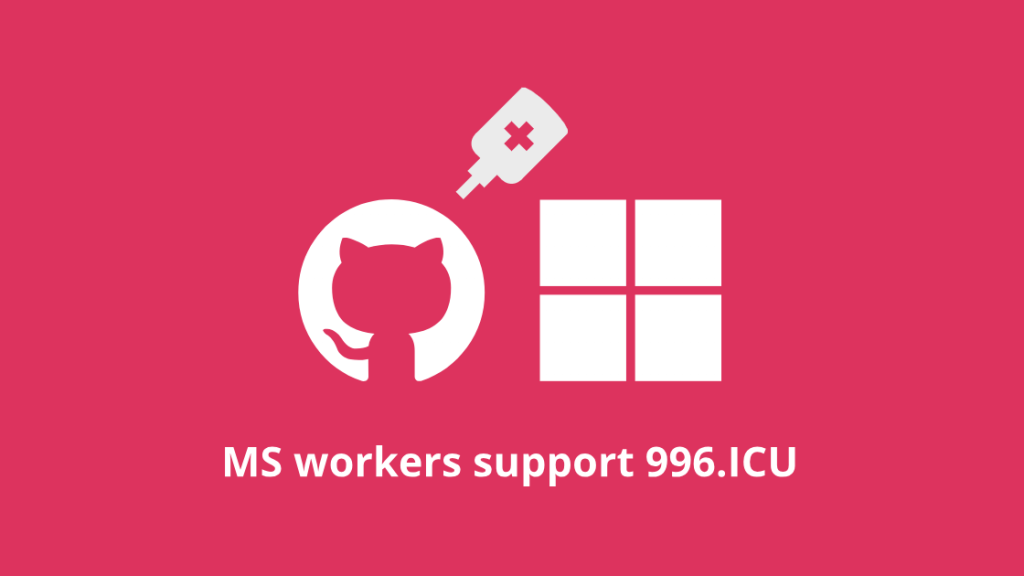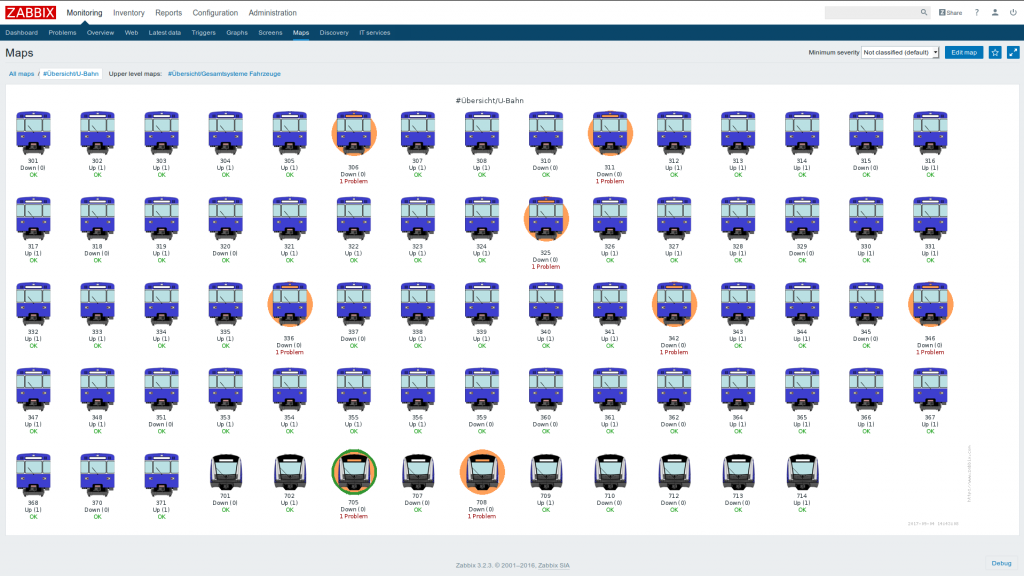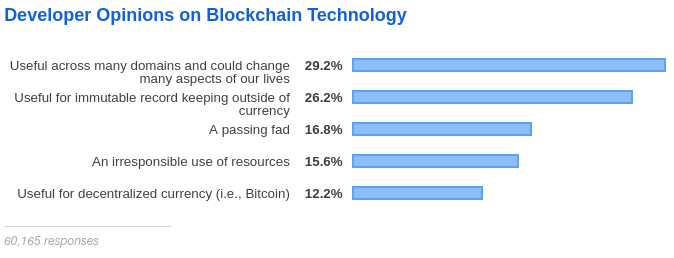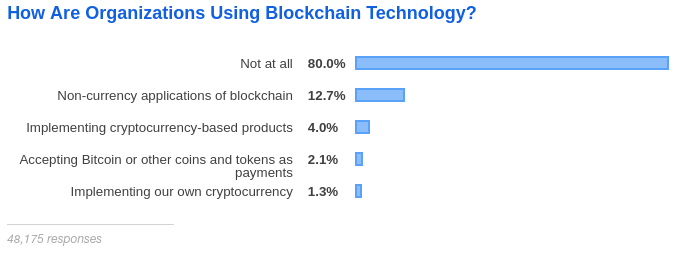There has been some noise in the mass media about the 996.ICU (official website) recently. That’s good, but I think we can do better. So, spread the word!
Here are a few bits to get you started:
The name
996.ICUrefers to “Work by ‘996’, sick in ICU”, an ironic saying among Chinese developers, which means that by following the “996” work schedule, you are risking yourself getting into the ICU (Intensive Care Unit).
What is 996?
A “996” work schedule refers to an unofficial work schedule (9 a.m.–9 p.m., 6 days per week) that has been gaining popularity. Serving a company that encourages the “996” work schedule usually means working for at least 60 hours per week. Visit 996 working hour system on Wikipedia for more details.

GitHub and Microsoft works support the 996.ICU initiative, as well as many other companies and teams.



